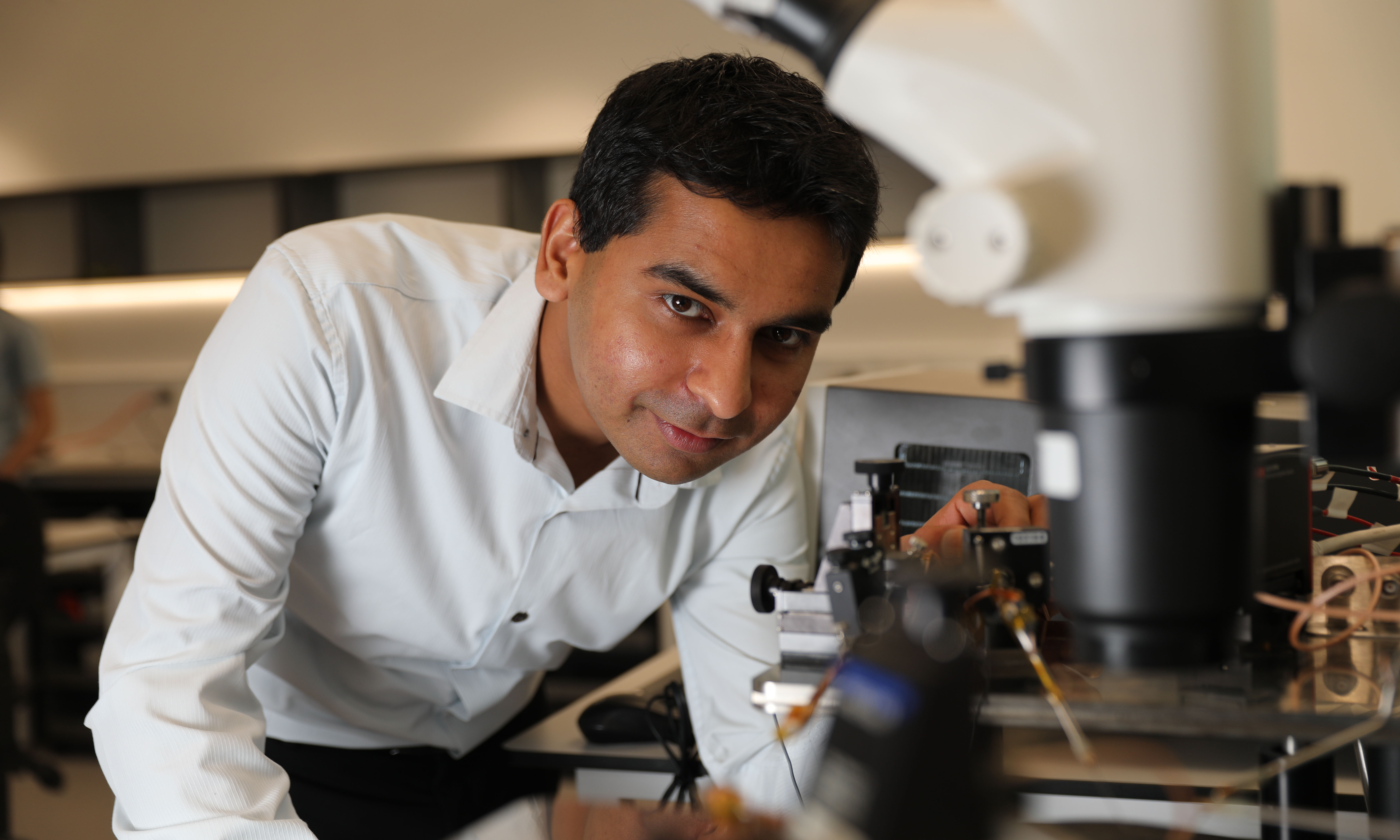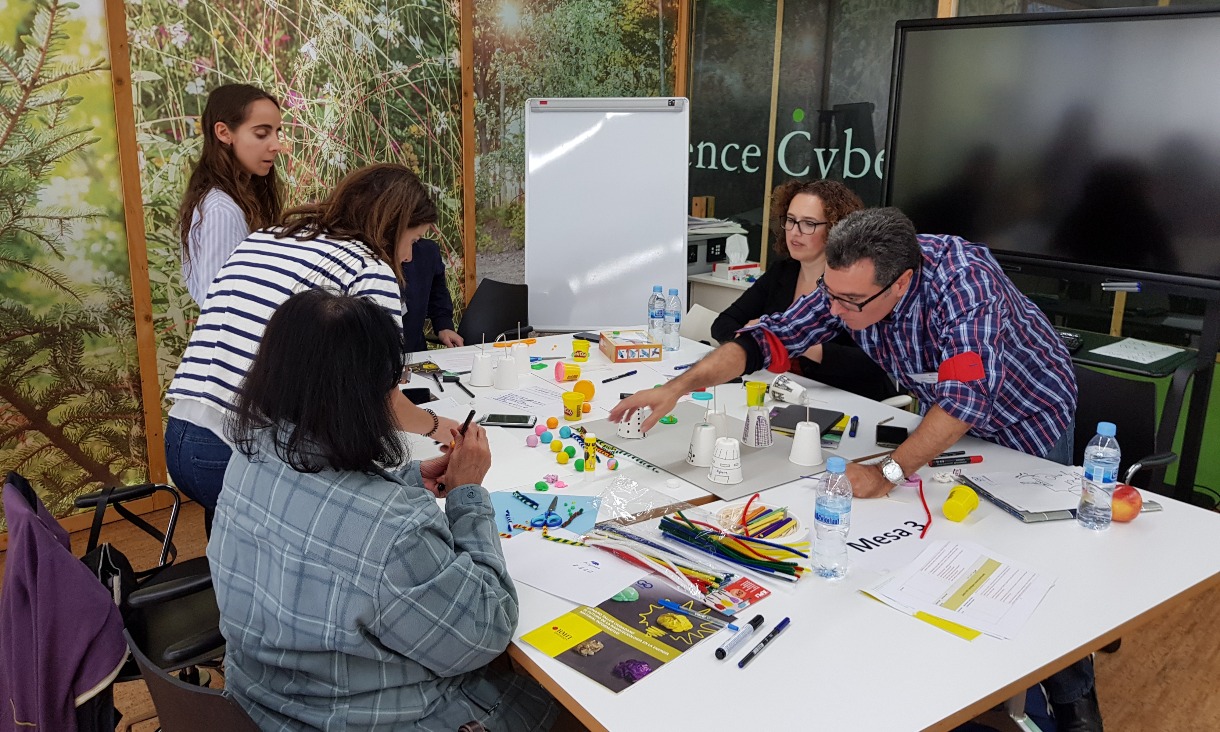Study lead author and Research Fellow in RMIT University’s School of Science, Dr Mohammad Saiedur Rahaman, said data was collected on noise levels, indoor temperature and air quality, humidity, air pressure, and even electromagnetic fields.
“We used that information along with survey data to train machine learning algorithms that could identify patterns in perceived concentration and activity, and then provided solutions for making these spaces work best for people,” Rahaman said.
What they found
Staff were generally supportive of their activity-based working setup.
However, data showed different people concentrated better in different zones, as well as other important insights for managing staff in the space.
For example, many people had a favourite spot - such as near the window, kitchen or their manager - and found concentrating more difficult if they weren’t able to sit there. They were also more sensitive to the office temperature not being exactly right if they missed out on their favourite seat.
Regardless of where they sat, office temperature was a major factor in how comfortable and focused people were.
Most found temperatures below 22.5C too cold to fully concentrate and, as the day progressed, it was observed that people became increasingly sensitive to this.
A major influence on perceived concentration in the mornings, unsurprisingly, was sleep quality the night before.
The number of formal and informal meetings was also shown to have a large impact on perceived concentration, with those who had five formal meetings in a day reporting lower concentration levels compared with those who had fewer.
‘Informal meetings’ – run-ins encouraged by activity based working – were also measured. While they were preferred by some workers and could be used to reduce the number of formal meetings, they were seen as another source of distraction for others.
Rahaman said high CO2 levels, due to high occupant densities, were also a barrier in people’s ability to concentrate.
“The results for CO2 and thermal comfort underline just how important a high-quality heating, cooling and ventilation system is in office design, as well as indoor plants to reduce CO2,” Rahaman said.






